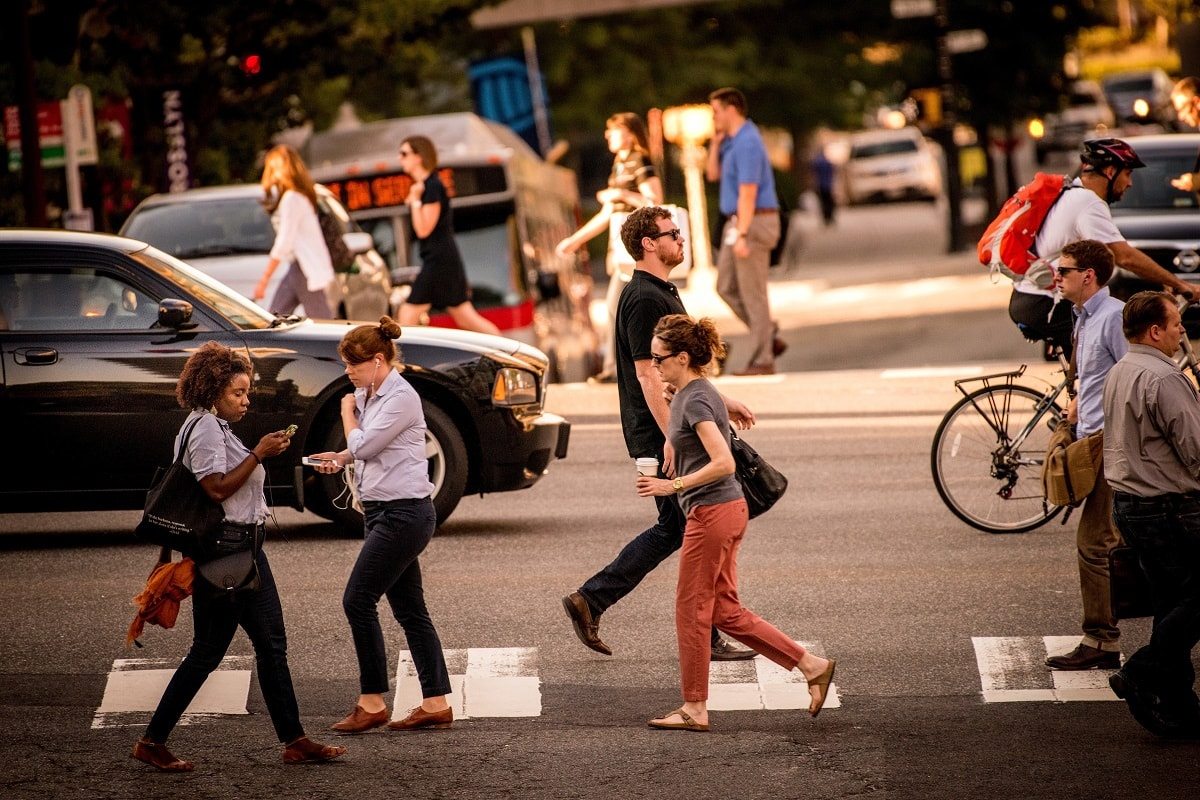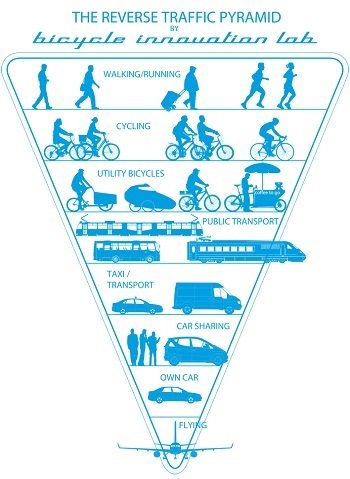America – It’s Time We Prioritize Our Streets
Prioritizing walking, biking and transit is not code for “banning” cars.
Let’s be clear – prioritizing walking, biking and transit is not code for “banning” cars. With that being said, many American cities could use a refresher course on designing vibrant complete streets that accommodate users of all ages and abilities.
For decades, American cities were built specifically around automobiles, putting all other modes at a great disadvantage. Today, many communities are refocusing on implementing what will work best for the cities of tomorrow rather than settling for the constraining built environment of America’s suburban sprawl era. Urbanist Fred Kent explained it well noting, “If you plan cities for cars and traffic, you get cars and traffic. If you plan for people and places, you get people and places.”

Prioritizing modes matters
Vancouver and Seattle have joined a growing list of North American cities successfully prioritizing walking, biking, and transit over personal vehicles. These progressive cities demonstrate how designing complete streets for all ages and abilities benefits the safety and function of all modes (pedestrians, bikes, transit and vehicles).
Instead of simply balancing all modes, Vancouver’s 1997 Transportation Plan strategically prioritized modes. The plan followed a similar structure to “The Reverse Traffic Pyramid” (shown below) which first prioritizes walking, then biking, transit, goods movement and finally single occupancy vehicles. In doing so, Vancouver now boasts an impressive mode split of over 50% of trips made by foot, bicycle and public transit.
Stop widening roads
It’s simple – widening roads = more traffic
If cities want more people to ride transit (i.e. bus and rail) they need to stop widening roads and inducing car traffic. There’s nothing desirable about being on a crowded bus that’s stuck in traffic. Cities must invest in convenient and reliable service if they want transit to be appealing to the masses.
Seattle, one of American’s fastest growing cities, launched an initiative to become “America’s Next Top Transit City.” Seattle voters supported an increase in transit funding to ensure the majority of city residents live within walking distance of frequent transit. Today, the city’s bold investments are paying off and 70% of trips to downtown Seattle are now made by modes other than personal vehicles.
Take action in your community!
To advocate for reprioritizing our streets and public spaces, communities must strive for holistic cooperation from our elected officials, engineers, urban planners, developers and citizens. Redesigning our cities won’t happen overnight, but we must plan now if we want a more sustainable and vibrant future.
And if faced with the naysayers and NIMBYs, remember urbanist Brent Toderian’s advice, “If you design and build a multimodal city, it works better for everybody, including drivers.”
Do you have a great commuting story? We want to hear from you. Email info@walkarlington.com.
Sam Kittner/Kittner.com










Comments are closed here.
To prevent spam, comments will be approved before appearing on the post. If you have a comment or question, but do not want it to be published, please email WalkArlington.